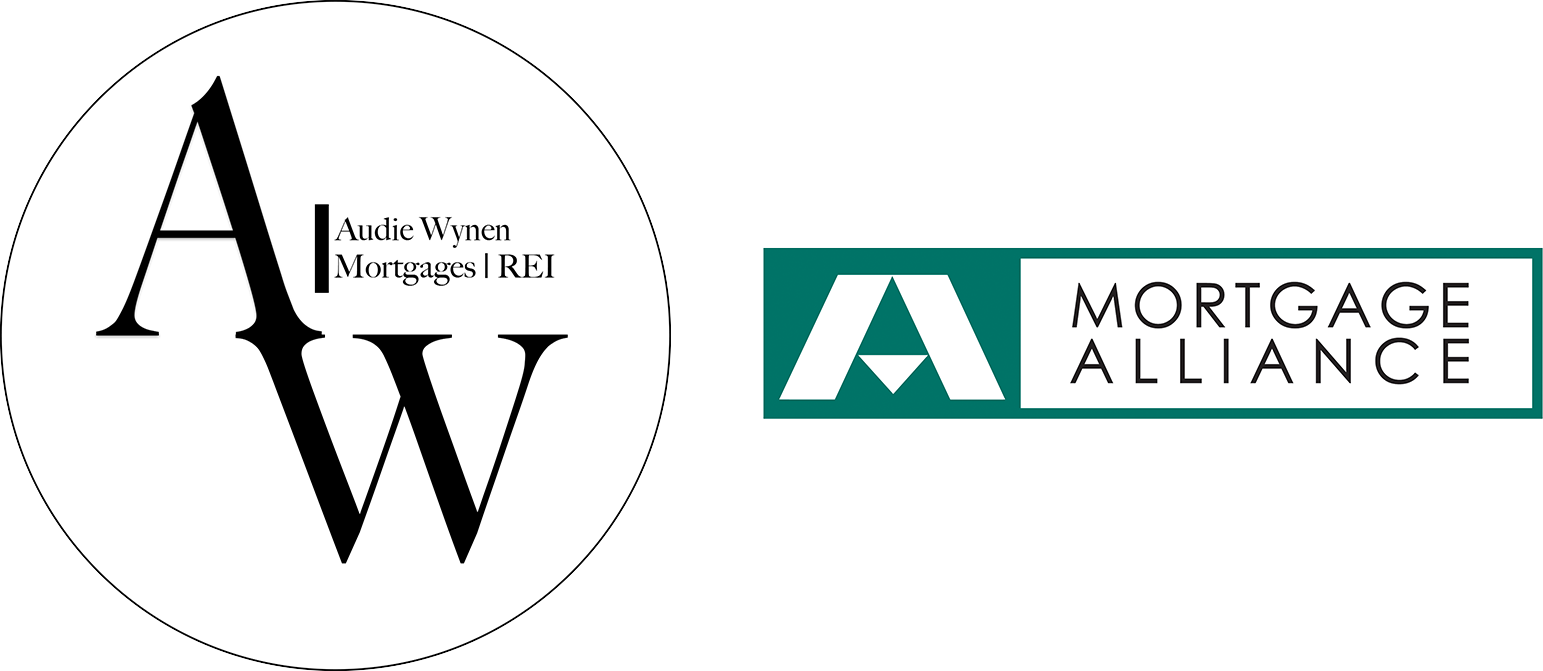Fraud Prevention Month: 6 Tips to Protect You From Fraud
March is Fraud Prevention Month! Fraud is a multi-billion dollar per year problem, meaning millions of people get caught by fraud online every year. So, this month, I want to bring your attention to this problem in the hopes of making you aware of the different types of fraud we are exposed to daily. The fraudsters are getting more and more sophisticated. It is up to YOU to be diligent when dealing online. Keep reading for my tips to prevent fraud from creeping into your life!
Tip #1: The top of this list, and arguably the most important of all password advice – you must never share your password. This includes through email, text, and even over the phone. These are all accounts that can be hacked, so it’s important to keep passwords out of those mediums for your safety.
Tip #2: Next up, you need to use a strong password. How do you know if your password is strong? Some websites actually will not allow you to use a weak password, and most sites require you to come up with stronger passwords. Strong passwords are at least 8-10 characters long (but the longer, the better) and include 1 or more of the following:
- capital letter(s)
- Lowercase letter(s)
- number(s)
- special characters (like @, #, $, %, &, etc.)
Tip #3: If it’s offered, always use Two-Factor Authorization (2FA). 2FA is an excellent security feature that will text you an authorization code to proceed with making changes to your account. If you get one of these requests and you didn’t initiate it you should change your password immediately. It probably means your account has been hacked! This happened to my Amazon account so it was a good warning that it was hacked. I promptly changed my password and created a much harder password. I haven’t had a problem since that scare.
Tip #4: Another good practice is to avoid re-using passwords as much as possible. If a hacker was to figure out this password has been re-used, many of your accounts would be vulnerable instead of just one. This is especially important for your email password since this password is usually the way to reset your password on any other account.
Tip #5: The next thing you should look out for is the address links of online websites and emails. For this, let’s look at a couple examples:
In this example, we see that someone claiming to be a government official from the CRA has sent this person an E-Transfer. There are many things in this email that should sound alarm bells in your head. Let’s cover the big ones:
- When the CRA sends you something they will email you and direct you to your CRA account, or more likely they will mail you a notice. They would never send details like this and require your action via email.
- The sender’s email address is a Hotmail account – this is a HUGE red flag.
- The link in “click here” is not a government URL. There is a simple way to determine if it is a legitimate website or email. That is by looking at the website address – secure websites will start with “https://”
You should never click on a link unless you know who the email is from and if you know that the link is secure, especially if it is in your SPAM folder. When an email is in your SPAM folder, the links will be disabled. SPAM folders are usually pretty accurate, but once in a while you will find an email in there that should not be SPAM. You may also occasionally find an email in your inbox that should be SPAM. I would recommend checking your SPAM folder regularly to ensure you aren’t missing anything important, and just deleting the ones that are SPAM.
This next example is an email that I recently received in my SPAM folder. Always make sure to verify the email address in the sender’s field to make sure it is a legitimate email from that company. They will never send an email from an Outlook, Gmail, Yahoo or some other personal account. Confirm that it is a legitimate account, and if you are still not sure go to the company’s website and verify it.
Scammers are getting more and more sophisticated so it’s very beneficial to become familiar with how you can verify email addresses and websites. Always remember that you are anonymous online and can pretend to be anyone you want with enough effort and you will fool people. That is what they are counting on.
Tip #6: Last, but certainly not least, monitor your credit score on a regular basis. This is a BIG one. To protect yourself from identity theft, make sure that any personal information you give out is going to a trusted and secure source. Most companies do their best to protect customer information, but your information can be leaked if they get hacked. Using free credit monitors every month (Credit Karma by Trans Union, Borrowell by Equifax) keeps you on top of what is going on with your credit. You can set up alerts when there are changes to your credit to notify you by email.
Note: For the most part, online shopping is safe as long as you look for the secure lock symbol in the address bar:
Determining what is safe will get easier once you know what to look for when it comes to these website security features. As a general rule of thumb, I tend to stay with large recognized brands and stay away from companies or websites I haven’t heard of.
Fraud can be scary, but following these tips will go a long way in protecting you and your information. If you’re interested in some more reading and education about scams, you can follow the links below.
Strong passwords: https://security.harvard.edu/use-strong-passwords
* A quick word on LastPass. I have used LastPass for a few years now and I highly recommend it since it takes all the hard work out of generating and remembering strong passwords for every account you set up.
CRA resources: https://www.canada.ca/en/revenue-agency/campaigns/fraud-scams.html
CPA information: https://www.cpacanada.ca/en/news/canada/2019-03-21-fraud-protection-tips


All Rights Reserved | Audie Wynen Mortgages






